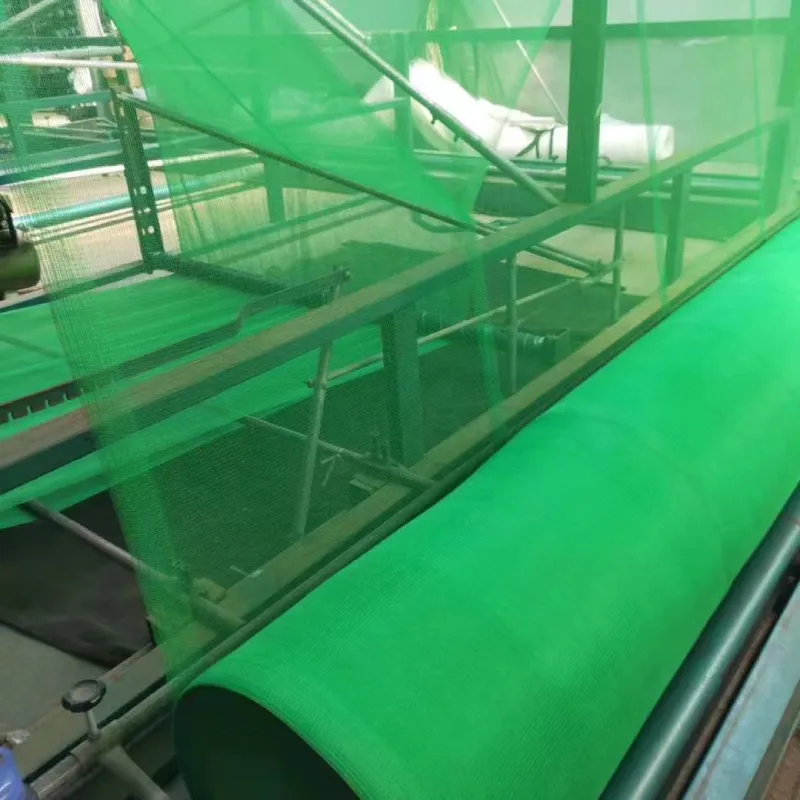-
 Afrikaans
Afrikaans -
 Albanian
Albanian -
 Amharic
Amharic -
 Arabic
Arabic -
 Armenian
Armenian -
 Azerbaijani
Azerbaijani -
 Basque
Basque -
 Belarusian
Belarusian -
 Bengali
Bengali -
 Bosnian
Bosnian -
 Bulgarian
Bulgarian -
 Catalan
Catalan -
 Cebuano
Cebuano -
 China
China -
 Corsican
Corsican -
 Croatian
Croatian -
 Czech
Czech -
 Danish
Danish -
 Dutch
Dutch -
 English
English -
 Esperanto
Esperanto -
 Estonian
Estonian -
 Finnish
Finnish -
 French
French -
 Frisian
Frisian -
 Galician
Galician -
 Georgian
Georgian -
 German
German -
 Greek
Greek -
 Gujarati
Gujarati -
 Haitian Creole
Haitian Creole -
 hausa
hausa -
 hawaiian
hawaiian -
 Hebrew
Hebrew -
 Hindi
Hindi -
 Miao
Miao -
 Hungarian
Hungarian -
 Icelandic
Icelandic -
 igbo
igbo -
 Indonesian
Indonesian -
 irish
irish -
 Italian
Italian -
 Japanese
Japanese -
 Javanese
Javanese -
 Kannada
Kannada -
 kazakh
kazakh -
 Khmer
Khmer -
 Rwandese
Rwandese -
 Korean
Korean -
 Kurdish
Kurdish -
 Kyrgyz
Kyrgyz -
 Lao
Lao -
 Latin
Latin -
 Latvian
Latvian -
 Lithuanian
Lithuanian -
 Luxembourgish
Luxembourgish -
 Macedonian
Macedonian -
 Malgashi
Malgashi -
 Malay
Malay -
 Malayalam
Malayalam -
 Maltese
Maltese -
 Maori
Maori -
 Marathi
Marathi -
 Mongolian
Mongolian -
 Myanmar
Myanmar -
 Nepali
Nepali -
 Norwegian
Norwegian -
 Norwegian
Norwegian -
 Occitan
Occitan -
 Pashto
Pashto -
 Persian
Persian -
 Polish
Polish -
 Portuguese
Portuguese -
 Punjabi
Punjabi -
 Romanian
Romanian -
 Russian
Russian -
 Samoan
Samoan -
 Scottish Gaelic
Scottish Gaelic -
 Serbian
Serbian -
 Sesotho
Sesotho -
 Shona
Shona -
 Sindhi
Sindhi -
 Sinhala
Sinhala -
 Slovak
Slovak -
 Slovenian
Slovenian -
 Somali
Somali -
 Spanish
Spanish -
 Sundanese
Sundanese -
 Swahili
Swahili -
 Swedish
Swedish -
 Tagalog
Tagalog -
 Tajik
Tajik -
 Tamil
Tamil -
 Tatar
Tatar -
 Telugu
Telugu -
 Thai
Thai -
 Turkish
Turkish -
 Turkmen
Turkmen -
 Ukrainian
Ukrainian -
 Urdu
Urdu -
 Uighur
Uighur -
 Uzbek
Uzbek -
 Vietnamese
Vietnamese -
 Welsh
Welsh -
 Bantu
Bantu -
 Yiddish
Yiddish -
 Yoruba
Yoruba -
 Zulu
Zulu
welded wire mesh price
Understanding Welded Wire Mesh Prices Factors and Insights
Welded wire mesh is a versatile and durable material used across various industries, from construction to agriculture. The price of welded wire mesh can vary significantly based on several factors, making it essential for buyers and suppliers alike to understand the key elements influencing these costs.
Key Factors Influencing Price
1. Material Type The most common raw material for welded wire mesh is steel, often galvanized to enhance its resistance to corrosion. The price of steel fluctuates in response to market conditions, supply chain issues, and global demand. Stainless steel and aluminum options are available too, but they usually come at a premium due to higher material costs.
2. Wire Diameter and Mesh Size The thickness of the wire and the diameter of the openings play crucial roles in determining the price. Heavier wire diameters and closer mesh spacing usually increase the material's strength but also raise production costs. Understanding the specific application can help buyers choose the right specifications that balance strength and cost.
3. Manufacturing Process The production method affects both the overall quality and price of welded wire mesh. For example, higher-quality products may undergo additional processes like pre-treatment and advanced welding techniques, which can incur additional costs. Buyers should consider the level of quality they need for their specific applications to avoid overpaying for unnecessary features.
welded wire mesh price

4. Coating and Finishes Additional treatments, such as galvanization, powder coating, or vinyl coating, can enhance the durability and aesthetics of the welded wire mesh. These coatings prevent rust and corrosion, thereby extending the product’s lifespan. However, each of these enhancements adds to the base price, so it’s crucial to weigh the benefits of added features against product functionality and budget.
5. Market Demand and Supply As with any commodity, market demand and supply dynamics greatly influence pricing. Economic fluctuations, seasonal demands in construction, and shifts in agricultural practices can all lead to variations in welded wire mesh prices. Keeping an eye on market trends can provide insights into optimal purchasing times.
6. Quantity and Bulk Purchases Generally, the price per unit decreases with larger orders. Suppliers often provide discounts for bulk purchases, making it advantageous for large-scale projects or recurring needs. Buyers should negotiate terms and consider long-term supply needs to leverage better pricing.
7. Geographic Location Transport costs vary depending on where the welded wire mesh is manufactured and purchased. Shipping distance, regional demand, and local supply chains all contribute to the final price. Sourcing products locally can help mitigate some of these costs.
Conclusion
In summary, the price of welded wire mesh is influenced by multiple factors, including material type, wire diameter, manufacturing processes, coatings, and market dynamics. By understanding these elements, buyers can make informed decisions and optimize their investments. Whether for construction, agricultural fencing, or industrial applications, being well-informed can help ensure that you receive quality products at competitive prices. As trends in the construction and agricultural industries evolve, staying updated on market changes can lead to significant cost savings and improved project outcomes.
-
Shipping Plastic Bags for Every NeedNewsJul.24,2025
-
Safety Netting: Your Shield in ConstructionNewsJul.24,2025
-
Plastic Mesh Netting for Everyday UseNewsJul.24,2025
-
Nylon Netting for Every UseNewsJul.24,2025
-
Mesh Breeder Box for Fish TanksNewsJul.24,2025
-
Expanded Steel Mesh Offers Durable VersatilityNewsJul.24,2025











